| Structure | Name/CAS No. | Articles |
|---|---|---|
 |
Ethanol
CAS:64-17-5 |
|
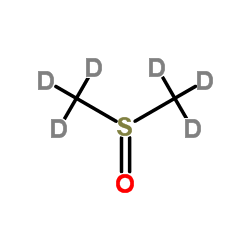 |
DIMETHYL SULFOXIDE-D6
CAS:2206-27-1 |
|
 |
Methanol
CAS:67-56-1 |
|
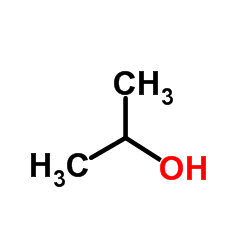 |
Isopropanol
CAS:67-63-0 |
|
 |
n-Butyllithium
CAS:109-72-8 |
|
 |
ethyl acetate
CAS:141-78-6 |
|
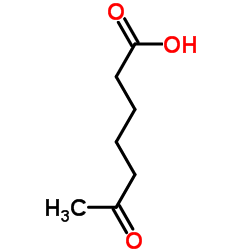 |
6-Oxoheptanoic acid
CAS:3128-07-2 |
|
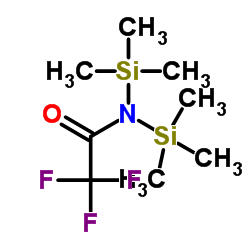 |
bis(trimethylsilyl)trifluoroacetamide
CAS:25561-30-2 |
|
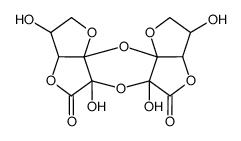 |
Empirical Formula(Hill Notation)
CAS:72691-25-9 |
|
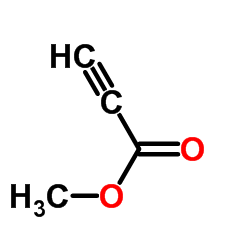 |
methylpropiolate
CAS:922-67-8 |